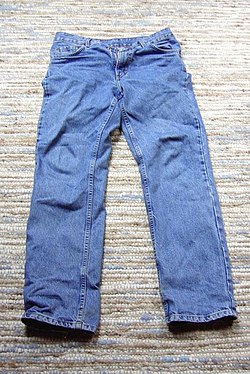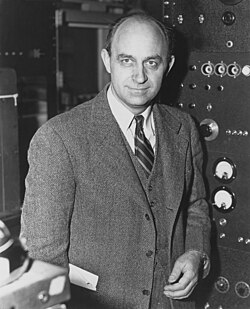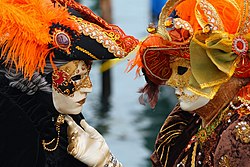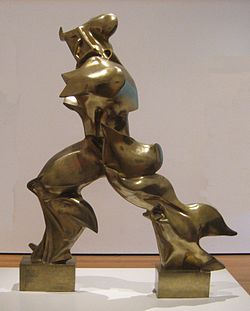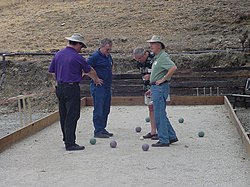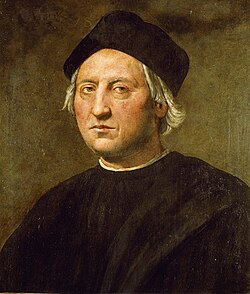



Italian inventions and discoveries are objects, processes or techniques invented, innovated or discovered, partially or entirely, by Italians.
Contents
- Alphabetical list of Italian Inventions
- A
- B
- C
- D
- E
- F
- G
- H
- I
- J
- L
- M
- N
- O
- P
- Q
- R
- S
- T
- U
- V
- W
- Z
- Medical discoveries and techniques
- Law, philosophy and humanities
- Math and physical sciences
- Theories, Methods and Models
- Particles
- Astronomy
- Military innovations
- Strategies, methods and operations
- Troops
- Music
- Notation and performance
- Contemporary Styles
- Food and Cuisine
- Sport
- Geography
- See also
- References
- External links
Italian people – living in the Italic peninsula or abroad – have been throughout history [3] the source of important inventions and innovations in the fields of writing, [4] [5] calendar, [6] mechanical [7] and civil engineering, [8] [9] [10] [11] musical notation, [12] celestial observation, [13] perspective, [14] warfare, [15] [16] [17] [18] long distance communication, [19] [20] [21] storage [22] and production [23] [24] of energy, modern medicine, [25] polymerization [26] [27] and information technology. [28] [29]
Italians also contributed in theorizing civil law, [30] [31] scientific method (particularly in the fields of physics and astronomy), [32] double-entry bookkeeping, [33] mathematical algebra [34] and analysis, [35] [36] classical and celestial mechanics. [37] [38] Often, things discovered for the first time are also called inventions and in many cases, there is no clear line between the two.
The following is a list of inventions, innovations or discoveries known or generally recognized to be Italian.




